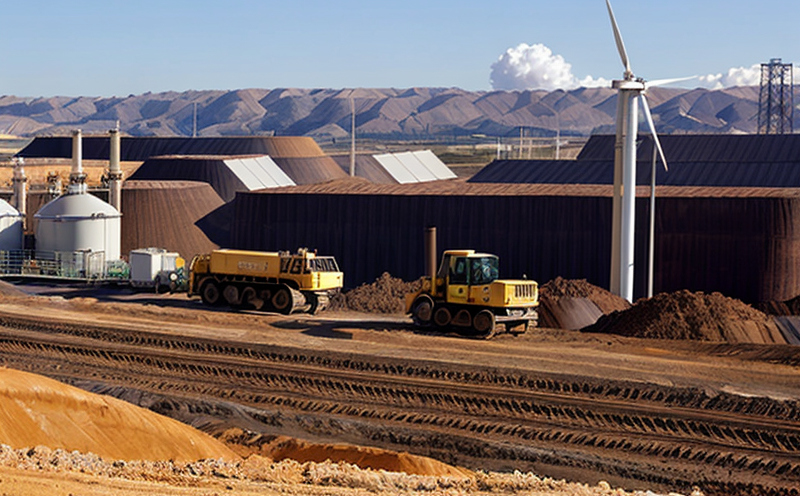EPA Energy Star Benchmarking of Mining Facilities Testing
The EPA's Energy Star benchmarking program is a critical tool for mining facilities aiming to improve energy efficiency and reduce environmental impact. By participating in this initiative, companies can measure their performance against industry standards and identify opportunities for cost savings through optimized processes.
Our laboratory specializes in providing comprehensive testing services that support the EPA's Energy Star benchmarking process. This includes assessing baseline energy use, identifying inefficiencies, and recommending actionable improvements. Our expertise ensures that mining operations are not only compliant with regulatory requirements but also aligned with sustainability goals.
The testing protocol involves several key steps: initial data collection, analysis of historical energy consumption patterns, comparison against industry benchmarks, identification of variances, and formulation of improvement strategies. We use advanced analytical tools and software to ensure accuracy and reliability throughout this process.
One of the primary focuses is on understanding the specific needs and challenges faced by mining facilities in terms of energy management. This includes evaluating equipment performance, optimizing process controls, and implementing best practices for resource efficiency. Our team works closely with clients to tailor our services to their unique operational environments.
An important aspect of our service is educating stakeholders about the benefits of participating in Energy Star benchmarking. We provide detailed reports that outline findings and recommendations, helping organizations make informed decisions regarding investments in new technologies or process changes. By leveraging this data, mines can enhance productivity while reducing waste and emissions.
Why It Matters
Improving energy efficiency within mining facilities is essential for several reasons:
- Economic Benefits: Reduced operational costs lead to higher profitability margins.
- Sustainability Goals: Lowering carbon footprints supports broader environmental objectives.
- Regulatory Compliance: Meeting stringent emissions standards enhances reputation and reduces penalties.
- Operational Efficiency: Streamlined processes increase output capacity without increasing resource inputs.
The EPA's Energy Star benchmarking framework provides a structured approach to achieving these objectives. It enables facilities to set realistic targets based on comparable data from peers, fostering continuous improvement across the industry.
Environmental and Sustainability Contributions
- Greenhouse Gas Reduction: By optimizing energy usage, we help mines decrease their carbon footprint significantly.
- Water Conservation: Efficient processes reduce water consumption associated with mining activities.
- Biodiversity Preservation: Minimizing pollution from effluents contributes to healthier ecosystems surrounding the mine sites.
Our laboratory's involvement in EPA Energy Star benchmarking promotes responsible resource management and supports global efforts towards sustainable development. Through precise measurement and analysis, we contribute to more informed decision-making processes that benefit both enterprises and nature alike.
Use Cases and Application Examples
We have successfully conducted numerous benchmarks across various types of mining operations including open-pit coal mines, underground copper mines, and gold extraction plants. Here are some notable case studies:
- Copper Mine Optimization: In a recent project with an underground copper mine, our testing identified inefficiencies in ventilation systems leading to significant energy savings.
- Coal Mining Efficiency: At a major open-pit coal operation, we helped reduce electricity consumption by optimizing conveyor belt operations through better alignment and maintenance practices.
- Gold Extraction Process Improvement: For an alluvial gold mine, our analysis revealed opportunities for reducing water usage during washing stages, resulting in lower operational costs and less wastewater discharge.
In each instance, the results were backed by detailed reports that provided clear pathways forward towards more sustainable practices. These case studies demonstrate how precise benchmarking can drive meaningful change within mining industries worldwide.





